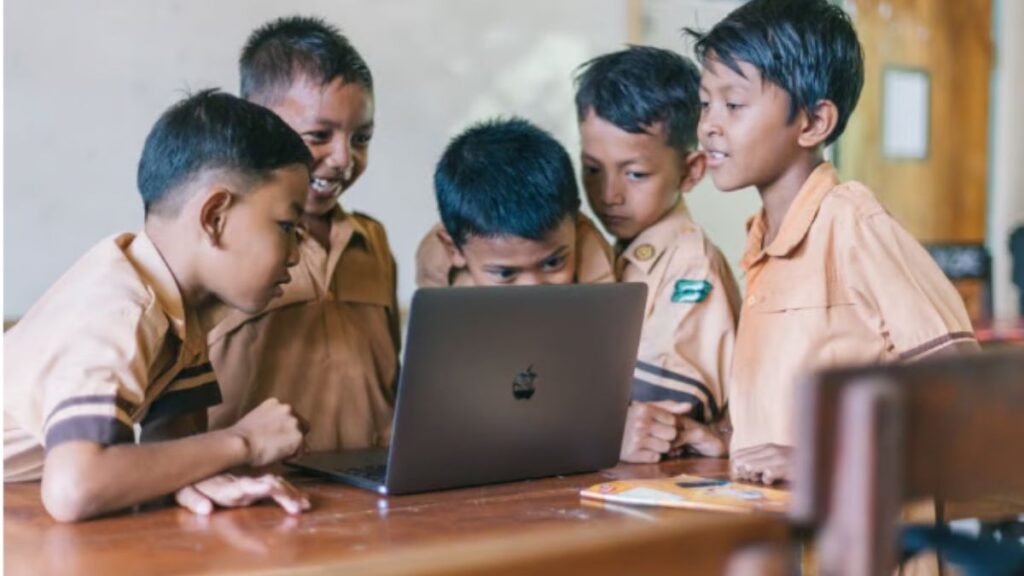With the rise of digital learning tools, many parents and educators wonder when it’s the right time to introduce online learning to young children. While technology can be an effective resource for developing skills and encouraging curiosity, it’s important to approach online learning thoughtfully with younger students. Here are some guidelines to help determine the best time and approach for incorporating online learning in early childhood education.
1. Assess the Child’s Readiness and Learning Style
Every child learns differently, and online learning may suit some young children better than others. Before introducing digital tools, assess your child’s readiness and learning style. Consider whether they show interest in technology, can focus on structured activities, and understand basic instructions. Children who are already curious about screens and digital activities may adapt more easily to learning platforms.
Understanding your child’s learning style is also key. Some children thrive with visual aids and interactive tools, which online learning can provide, while others learn better through hands-on or physical activities. Assessing these factors helps determine if online learning will be beneficial or if it may distract or overwhelm them at an early age.
2. Start with Short, Interactive Sessions
For young children, attention spans are typically short, so introducing learning in small doses is essential. Begin with brief, interactive sessions that keep them engaged without leading to screen fatigue. Many online platforms offer age-appropriate activities that can be completed in 10-15 minutes, which is ideal for keeping children interested without overloading them.
Interactive activities, such as games that involve problem-solving or matching shapes and colors, can help children associate online learning with fun and creativity. Gradually increase the duration of sessions as they become more comfortable, allowing them to build focus and familiarity with learning tools.
3. Look for Platforms Designed for Early Childhood Development
Not all online learning platforms are created equal, and selecting the right one is essential when working with young children. Choose platforms that are specifically designed for elementary education, as these programs tend to use age-appropriate language, simple instructions, and interactive elements that cater to young learners. Programs focused on early childhood education often incorporate colorful visuals, songs, and characters that can make learning enjoyable and memorable.
Educational games, e-books, and interactive exercises that build foundational skills in literacy, math, and problem-solving are particularly effective for young children. Many platforms even offer guided learning paths to help kids progress through activities at a pace that suits their development.
4. Balance Online Learning with Hands-On Activities
While online learning can be beneficial, it’s crucial to balance digital activities with hands-on learning. Young children benefit from physical exploration, creative play, and activities that allow them to interact with their surroundings. Combining learning with traditional activities such as reading physical books, building with blocks, or engaging in outdoor exploration provides a holistic learning experience.
Using online learning to supplement, rather than replace, physical activities ensures that children develop a range of skills. Hands-on activities support motor development, creativity, and sensory experiences, all of which are critical to early childhood growth. Blending both approaches can create a balanced learning environment where online and offline activities complement each other.
5. Set Clear Boundaries on Screen Time
Setting boundaries on screen time is essential, especially with young children. The American Academy of Pediatrics recommends limiting screen time to no more than one hour per day for children aged two to five, with a focus on high-quality programming. For young children, learning should be part of a well-rounded day rather than the primary method of instruction.
Consider setting a consistent schedule for online learning, such as dedicating a specific time each day or a few times per week for digital activities. This approach helps children understand that online learning is structured and intentional, while also establishing healthy screen habits from a young age.
6. Engage in Co-Viewing and Active Participation
For young kids, learning is often more effective when an adult is actively involved. Sitting alongside your child during online learning sessions allows you to engage with them, answer questions, and provide encouragement. Co-viewing also enables you to monitor their comprehension and help them navigate challenges, making the experience more interactive and supportive.
Active participation from a parent or caregiver also allows you to reinforce lessons outside the digital space. For instance, if the online activity focuses on counting or recognizing colors, you can incorporate these lessons into daily activities. Engaging together in learning strengthens comprehension and ensures that young children gain meaningful skills from their digital experiences.
7. Monitor Progress and Adjust as Needed
When introducing learning to young children, it’s essential to keep an eye on their progress and adjust the approach as needed. Pay attention to whether they enjoy the activities, if they’re able to complete tasks independently, and if they’re retaining the information. Young children’s learning needs can change quickly, so be flexible in your approach.
If a particular program or activity doesn’t seem effective, don’t hesitate to try something different. Online learning should evolve with the child’s development, adapting to their growing skills and interests.
Introducing online learning to young children can be beneficial when done thoughtfully and in moderation. By focusing on readiness, short sessions, and high-quality educational platforms designed for the respective level of education, parents and educators can create a positive and productive experience. When balanced with hands-on activities and limited screen time, online learning can provide a valuable resource for developing foundational skills and preparing children for future educational success.







